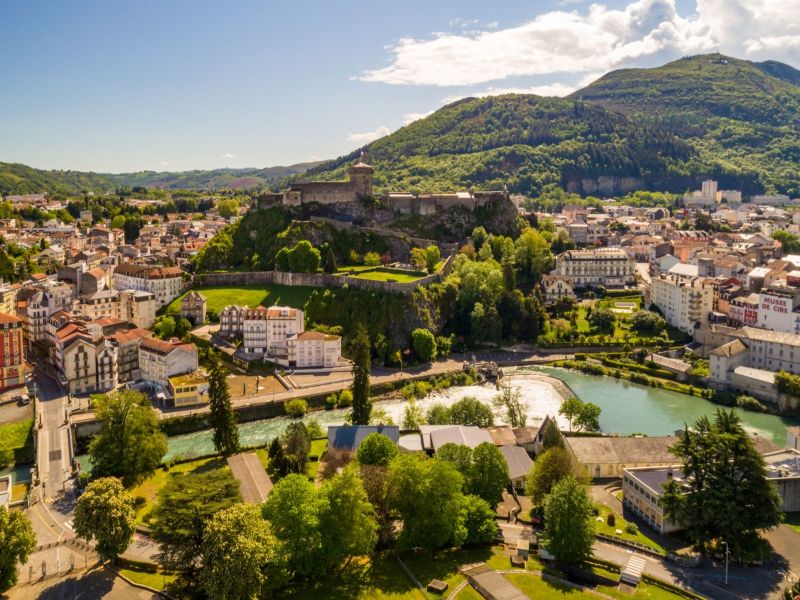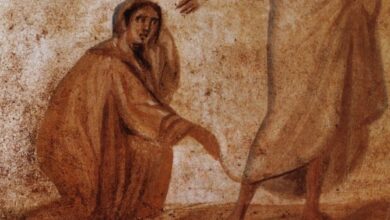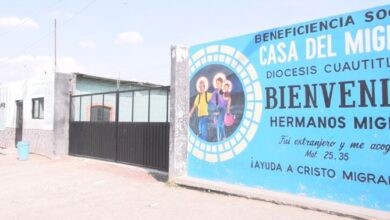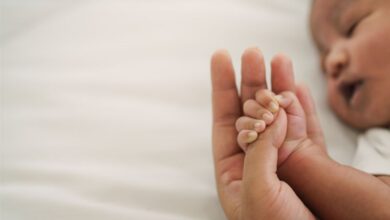Possible miracle at Lourdes: Almost-blind woman recovers her sight

 null / Credit: Célian de La Rochefoucauld via youheritage.com
null / Credit: Célian de La Rochefoucauld via youheritage.com ACI Prensa Staff, May 21, 2024 / 16:30 pm (CNA).
The Hospitality of Our Lady of Lourdes of Madrid, an archdiocesan pilgrim service organization, concluded its 101st pilgrimage on May 19, serving 800 participants, one of whom apparently was cured of severe visual impairment. This extraordinary event, however, will have to be studied before it can be qualified as a miracle.
The most recent miracle at Lourdes, No. 70, was officially recognized in February 2018. This case could become No. 71.
The adviser to the archdiocesan association of faithful, Father Guillermo Cruz, sent a statement to the different groups that made up the pilgrimage, calling on them to accept what happened with humility and simplicity, following the example of St. Bernadette.
“The experience of making a pilgrimage and discovering the love of God through our Mother, the Virgin Mary, as St. Bernadette teaches us in simplicity and humility, will always be the greatest grace that is granted at Lourdes, since it is the one that renews life,” he said.
This consideration prefaces the announcement that during the days of the pilgrimage, “an event has occurred that is extraordinary, although it would be misleading people if we call it a miracle,” Cruz explained.
What happened is that “a pilgrim who suffers from several diseases and had very severe visual impairment, after making ‘the water gesture’ recovered her sight. This extraordinary event was immediately verified by the doctors, and the shrine was notified and has already recorded it.”
With the “water gesture” the pilgrims in the area of the baths, in an atmosphere of meditation, prayer, and trust in providence, cup water in their hands and three times wash their face and then take a sip of the water as St. Bernadette Soubirous did when directed by the Immaculate Conception at the Masabielle grotto.
Why can’t it yet be called a miracle?
The priest also explained the reason why it is not proper at this time to speak of a miracle, since this declaration requires “a process of medical and spiritual discernment that must be followed” in which “the following requirements regarding the healing must concur: Immediate. Complete. Lasting. Inexplicable.”
Consequently, the adviser said: “We can’t get ahead of ourselves. A study has to be done and above all that the healing be maintained over time.” The priest emphasized that “jumping ahead leads to presumption and we have to be humble. Here we have to wait for the study carried out by the Church at the Lourdes shrine, and then for the bishop of Madrid to make a pronouncement, to verify not only that it is inexplicable, but that it is also miraculous.”
Cruz is well aware of the desire of the members of the Hospitality of Lourdes and the pilgrims they accompany to the shrine every year to be able to speak of a miracle, “but that’s not our decision,” he said and noted that “it’s always an undeserved grace that is received.”
He warned that “we can create confusion if we are already talking about a miracle,” while at the same time we could “create false expectations if we reduce the fruits of the pilgrimage to a single event.”
What is the Lourdes Medical Bureau?
The Medical Bureau of the Lourdes Shrine in France was founded in 1883 at the same time that the area of the baths was established. As noted on the shrine’s website, it is the only organization of its kind in the world, including pilgrimage sites of other religions.
To date, more than 70,000 cases of extraordinary events have been presented, of which 70 have been recognized as miraculous by the Catholic Church. In most of them, women are the recipients of this special grace. In 50 of the 70 cases, the miraculous event occurred through contact with the shrine’s water, which has no special properties.
It was Pope Leo XIII who in 1886 gave his approval to the procedures followed by the medical bureau. In 1902, the Holy See ratified these protocols, which have four fundamental stages:
The office director receives the person who claims to have received a miracle. If the director considers the case worthy of being taken seriously, he calls in the doctors on staff that day at the shrine. If they agree that the case should proceed, an investigation begins that can last several years. When completed, the members of the International Scientific Committee of Lourdes vote on whether the extraordinary event is “unexplained in the current state of our knowledge.” This vote is sent to the bishop of the place where the cured person resides, who is the one who has the authority to declare the miracle.
The seven criteria doctors must take into account
The website of the shrine of Our Lady of Lourdes also specifies the seven criteria that must be observed during the medical investigation of cases. Before healing, the following must be taken into account:
1) The disease must be serious and have an unfavorable prognosis.
2) The disease must be known and cataloged by medicine.
3) The disease must “be organic, lesional,” and be examined by “objective, biological, radiological criteria.” This means that “even today, cures for pathologies will not be recognized without precise objective criteria, such as psychological, psychiatric, functional, and nervous diseases, etc.”
4) There should be no treatment to which the cure can be attributed.
5) The healing must be sudden, abrupt, instantaneous, immediate, and without convalescence.
After healing, two more criteria must be considered:
6) It should not be a simple regression of symptoms but rather a return to all vital functions.
7) It should not be a simple remission but rather a cure, that is, lasting and definitive.
This story was first published by ACI Prensa, CNA’s Spanish-language news partner. It has been translated and adapted by CNA.




